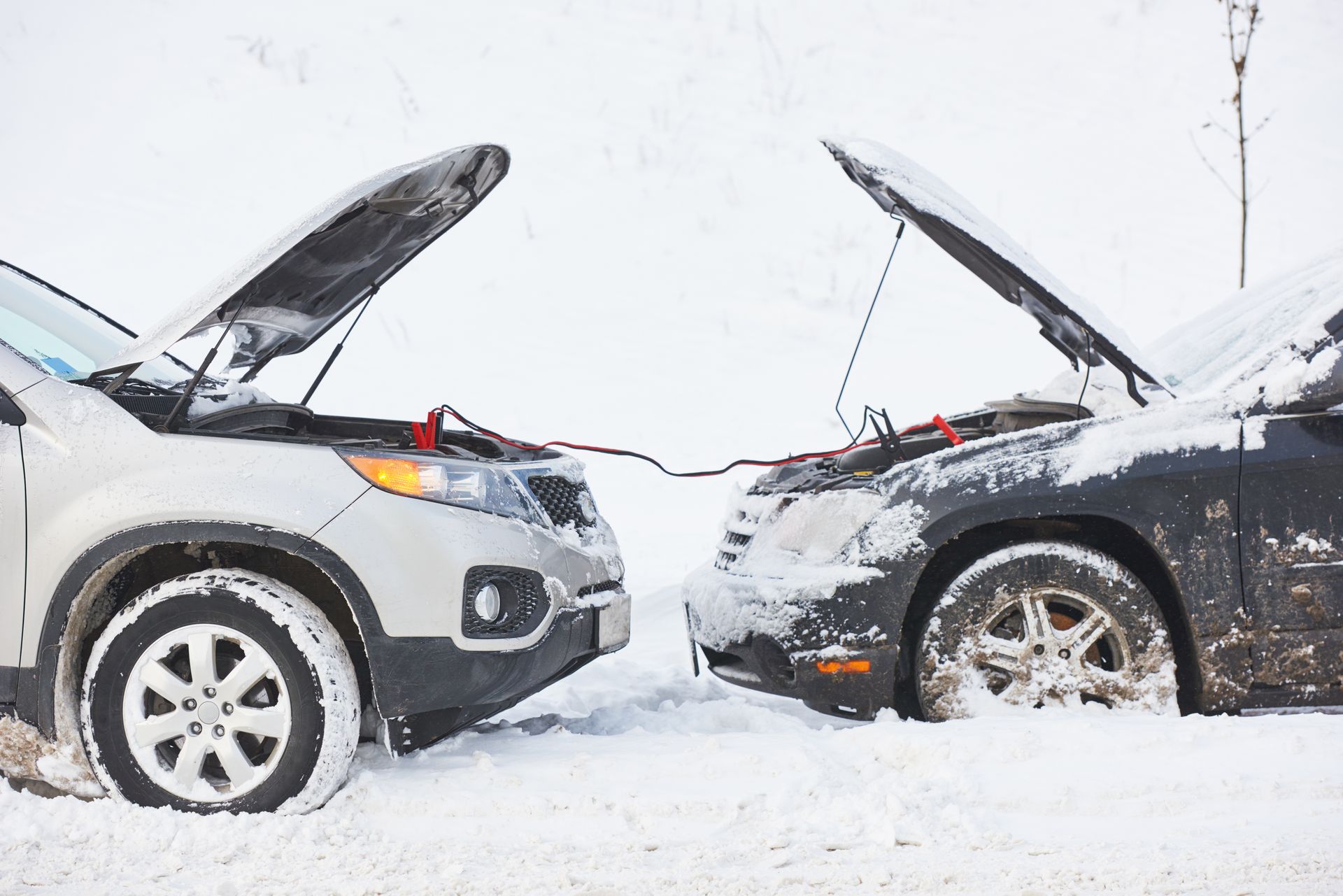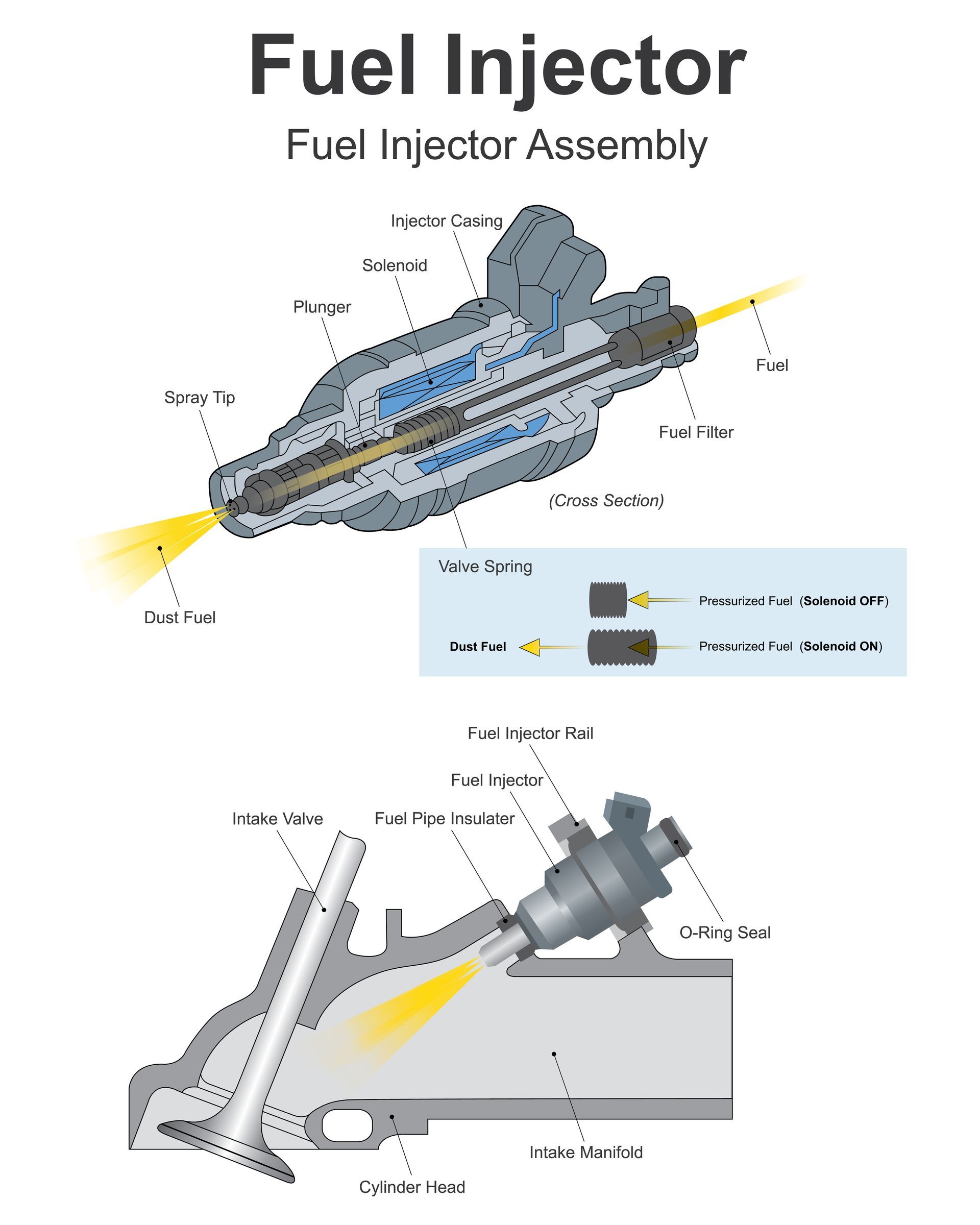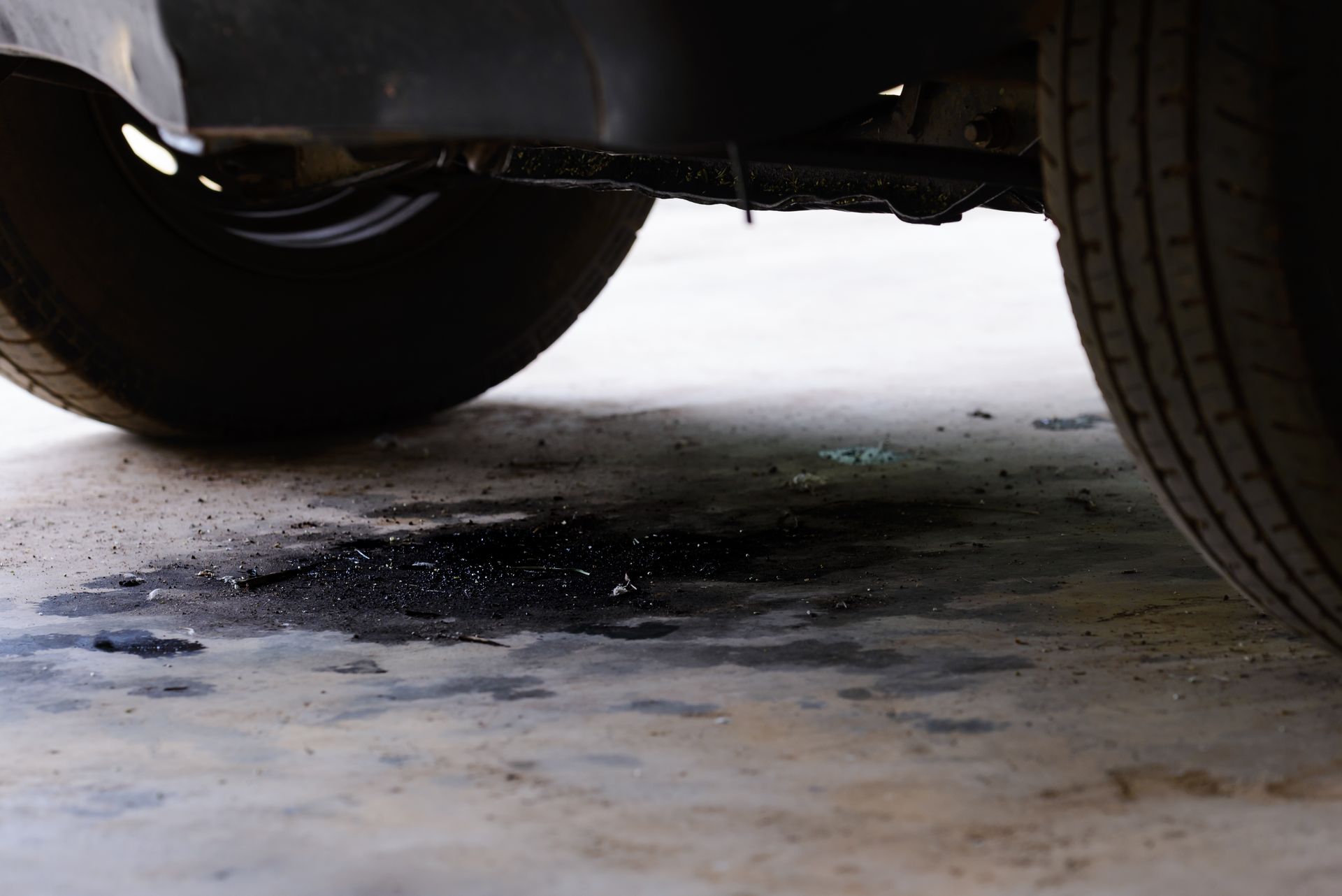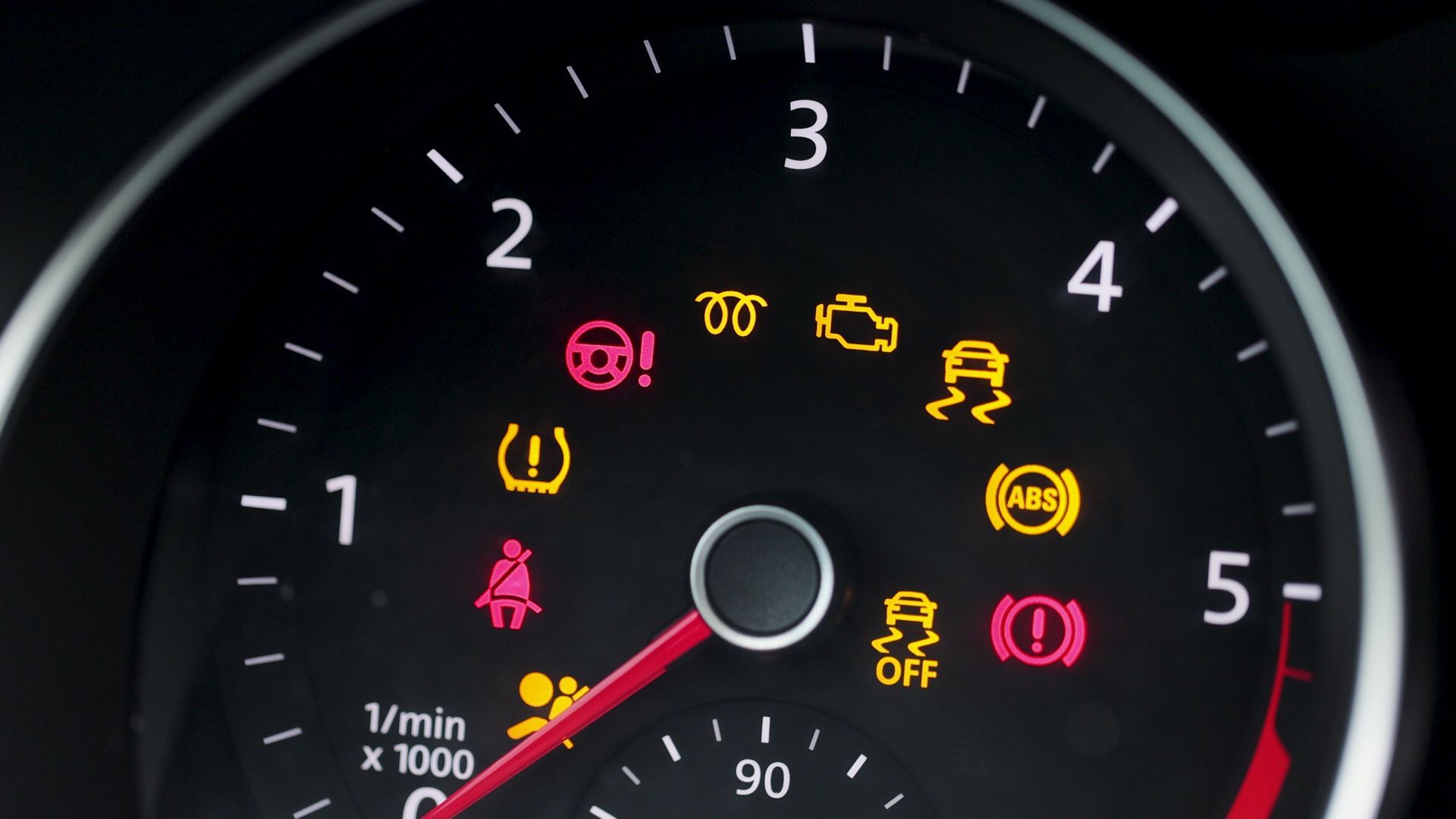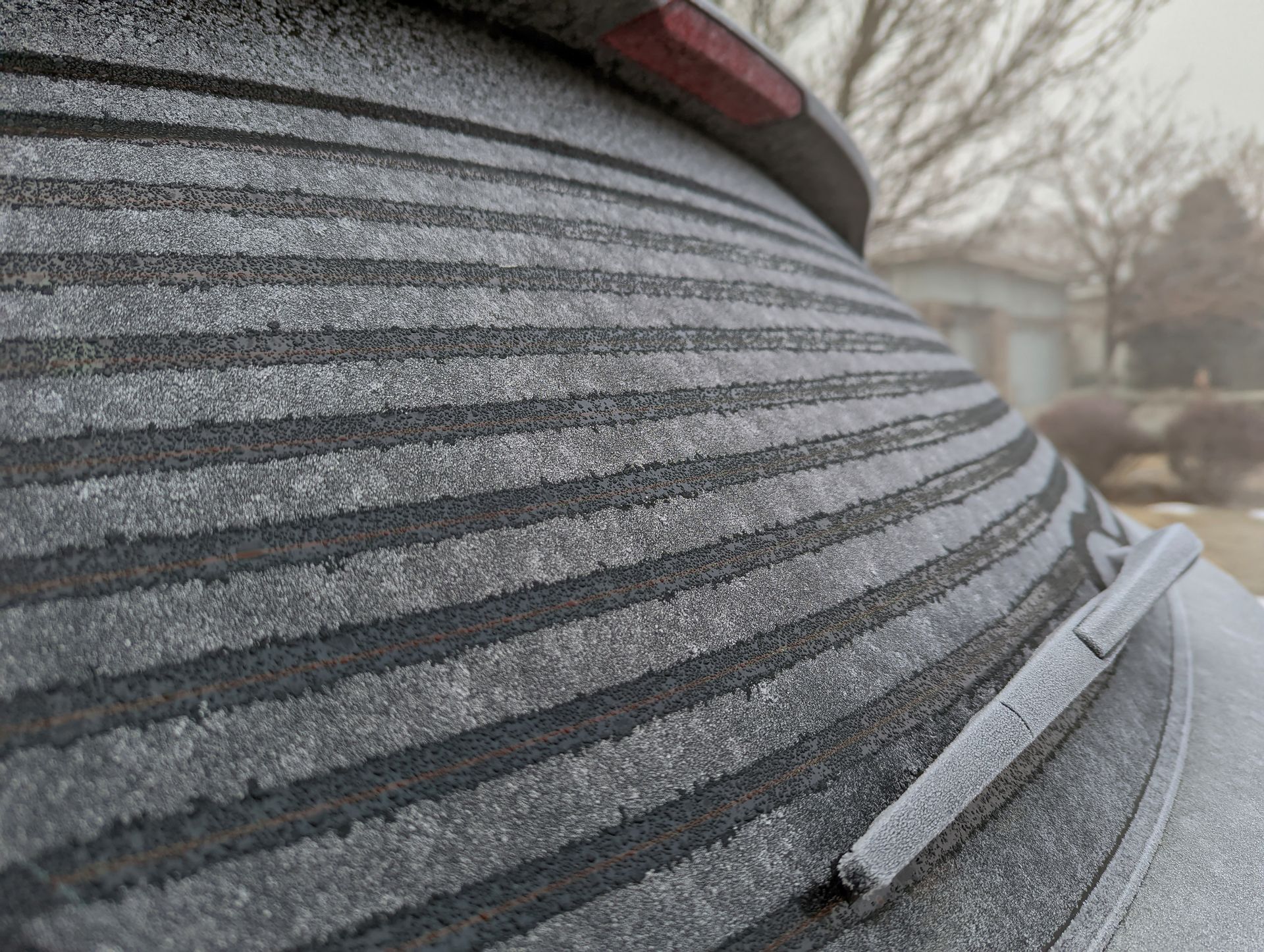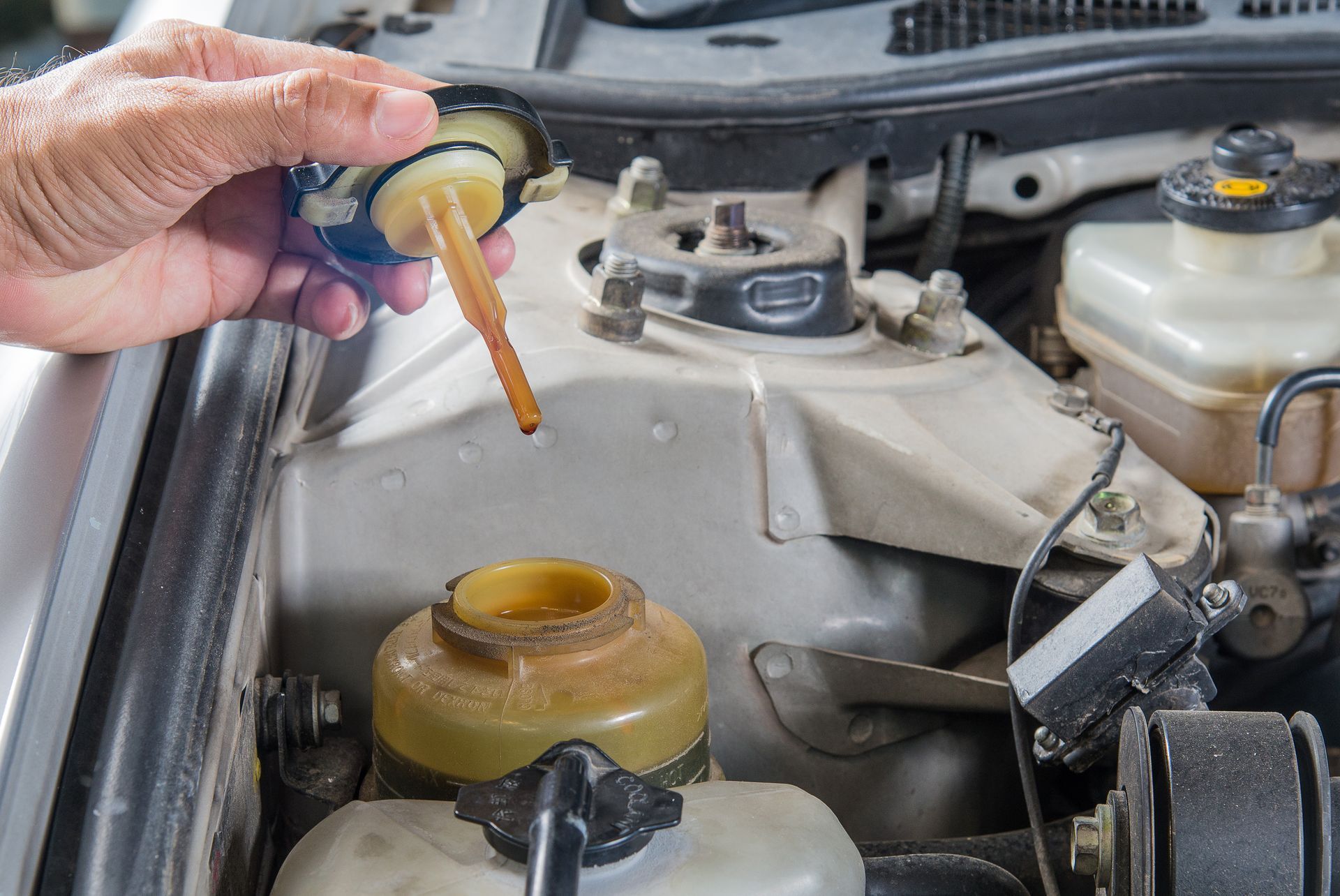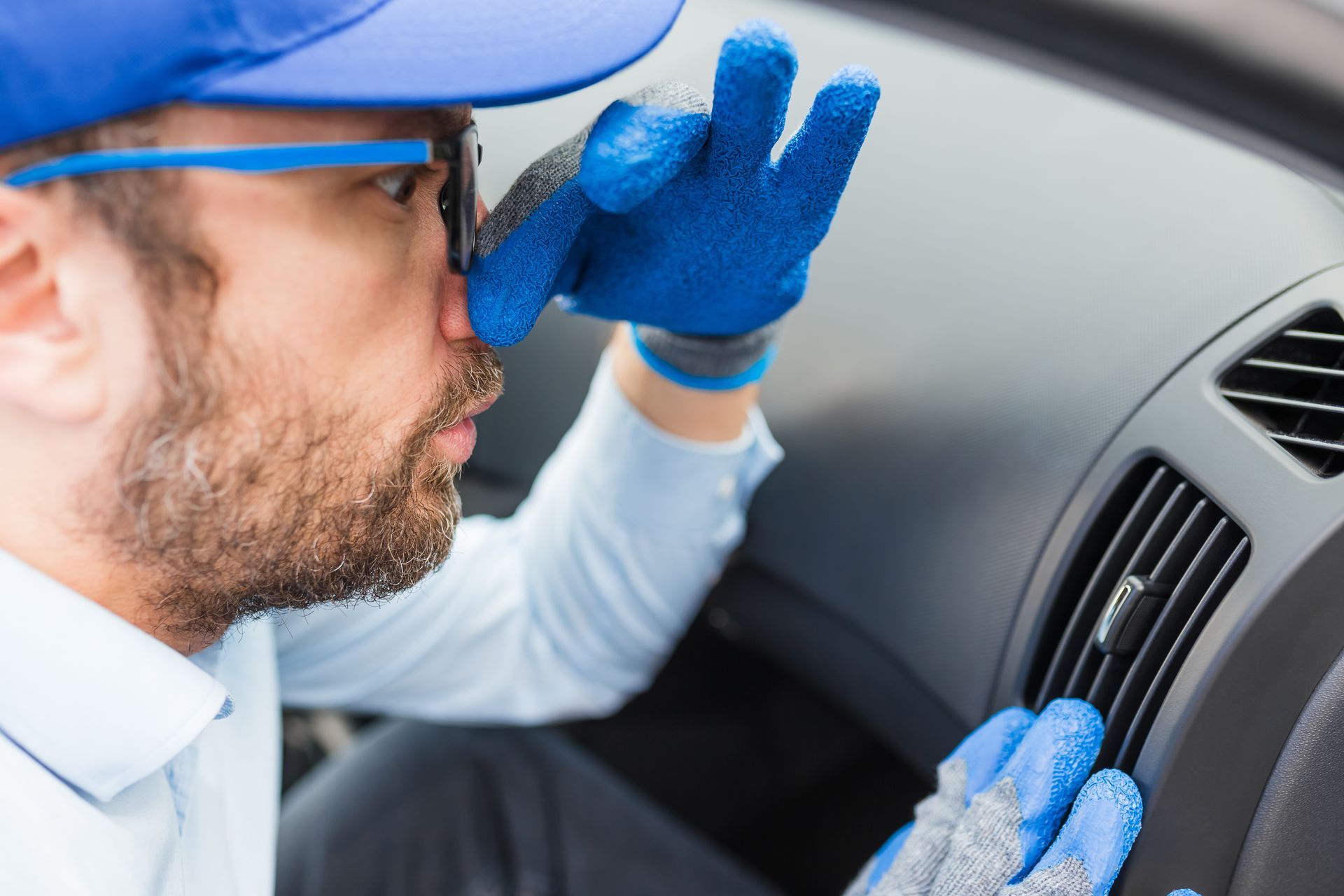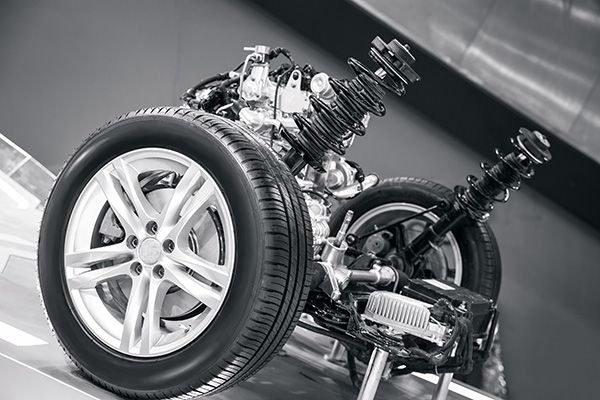
Brake repairs are one of the most important services you can schedule for your vehicle. Whether you're replacing pads, rotors, or calipers, there’s one final step that ensures your braking system works as it should: bleeding the brakes. This essential process removes air from the brake lines, restoring full hydraulic pressure and giving you the firm, consistent brake pedal feel you expect.
If you've ever wondered why brake bleeding is necessary or how it's done, understanding the basics can give you more confidence in your vehicle's maintenance and safety.
Why Air in the Brake Lines Is a Problem
Your brake system works using a hydraulic fluid that transmits the force from the brake pedal to the calipers at each wheel. This fluid is incompressible, which means it transfers pressure efficiently and consistently. Air, on the other hand, is compressible. If air enters the brake lines during a repair or fluid replacement, it can create a soft, spongy pedal and significantly reduce braking effectiveness.
Common situations that allow air into the system include replacing brake hoses, calipers, or master cylinders. Even simply opening the fluid reservoir during service can introduce air if the system isn’t sealed off properly.
That’s why bleeding the brakes is a vital part of any repair that disturbs the brake fluid system.
Common Brake Bleeding Methods
There are several techniques for bleeding brakes, each with its advantages depending on the situation and tools available.
The most traditional method is manual bleeding, where one person presses the brake pedal while another opens and closes the bleeder valves at each caliper. As the pedal is pumped, fluid and air are forced out until only clean, bubble-free fluid comes through. This method is effective, but it is time-consuming and requires coordination between two people.
Another approach is pressure bleeding, which uses a pressurized device to push brake fluid through the master cylinder and into the brake lines. This method is ideal for servicing newer vehicles with ABS (anti-lock braking systems) or when flushing the entire system.
Vacuum bleeding works in reverse by drawing fluid and air out through the bleeder valve using a vacuum pump. It’s a good option for single-person operation but can sometimes pull in air through valve threads if not done carefully.
Scan-tool bleeding may be required for vehicles with advanced braking systems. These tools activate the ABS pump and valves during bleeding, which helps remove trapped air that manual methods might miss.
The Bleeding Process Sequence
During bleeding, the order in which the wheels are serviced is crucial. In most vehicles, you start with the wheel furthest from the master cylinder and move closer. Typically, the sequence is: rear passenger, rear driver, front passenger, then front driver. However, some cars with diagonal brake circuits or ABS may have different sequences. That’s why following manufacturer guidelines is essential.
If the correct order isn’t followed, air could remain trapped in the system, leading to uneven braking performance.
How to Tell If the Job Was Done Correctly
Once bleeding is complete, the brake pedal should feel firm, with consistent resistance when pressed. If the pedal still feels soft or sinks to the floor, it could mean air remains in the system, and additional bleeding may be needed.
It’s also important to check that the brake fluid level is at the proper mark in the reservoir and that there are no leaks at the bleeder valves or fittings.
After any brake work, test driving the vehicle at low speeds is a safe way to ensure the system is functioning properly before returning to normal driving.
Trust Brake Repairs to Skilled Technicians
While bleeding brakes might sound straightforward, modern brake systems can be complex, especially those with ABS or electronic stability control. Using the right tools, fluid, and techniques is crucial to getting the job done right.
Our trained technicians also know how to spot signs of deeper issues, like internal leaks or master cylinder failure, which can be mistaken for air in the lines. That’s why having your brake repairs and fluid service done by experienced professionals makes a big difference in your safety on the road.
Book Brake Bleeding Service at JP’s Garage in Dieppe, NB
If your brakes feel soft or you’ve recently had repairs, it's important to ensure the system is properly bled and performing at its best. Our team uses industry-standard tools and proven techniques to restore full braking power.
Call
JP’s Garage in Dieppe, NB, to schedule brake service and drive with confidence, knowing your vehicle can stop safely when it matters most.


